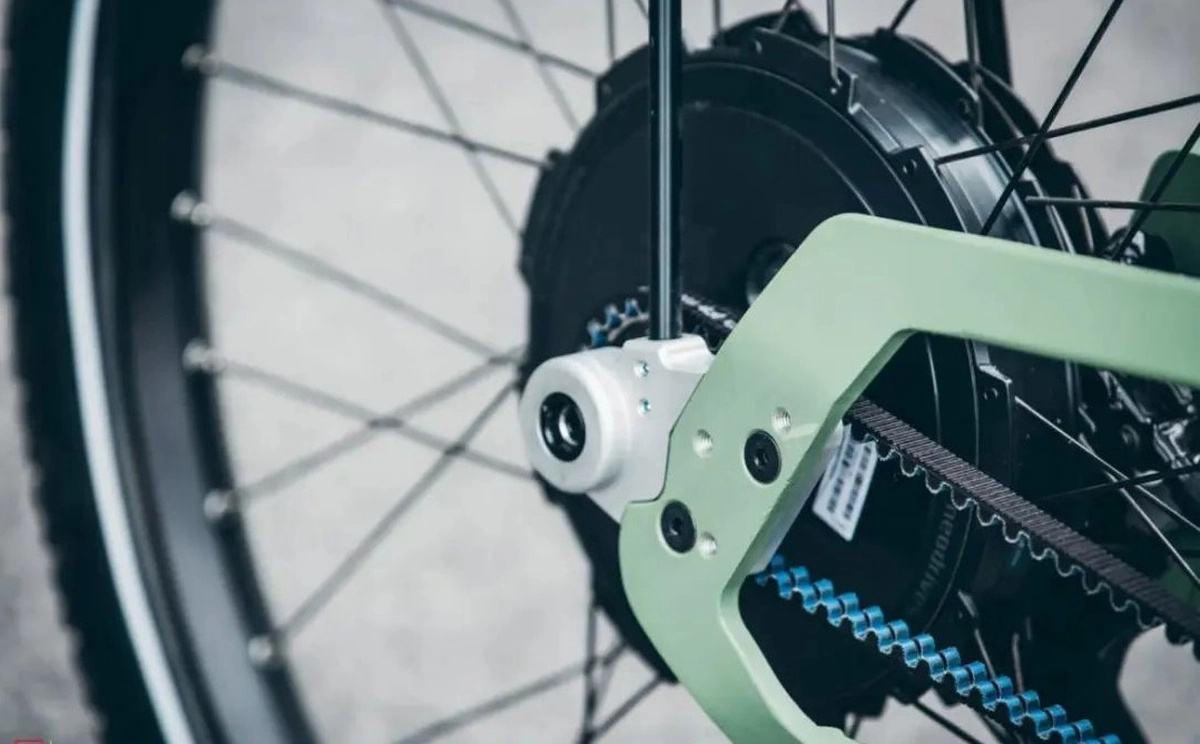As electric vehicles continue to gain popularity, advancements in technology have led to the development of regenerative braking systems. These systems allow vehicles to convert kinetic energy into electrical energy, which can be stored and reused. One common question that arises is whether a hub motor can be used with a regenerative braking system. In this article, we will explore the compatibility of hub motors with regenerative braking systems and provide a comprehensive answer to this important question.
Before delving into the compatibility of hub motors with regenerative braking systems, let's briefly understand what hub motors are. Hub motors are electric motors that are directly integrated into the hub of a vehicle's wheel. They eliminate the need for a separate drivetrain, making them a popular choice for electric bicycles, scooters, and some electric cars. Hub motors offer numerous benefits, including simplicity, compactness, and improved efficiency.

Regenerative braking is a mechanism that allows electric vehicles to recover and store energy that is typically lost as heat during conventional braking. When the vehicle decelerates or brakes, the regenerative braking system harnesses the kinetic energy and converts it into electrical energy. This energy is then stored in the vehicle's battery or other energy storage devices for later use.
The compatibility of hub motors with regenerative braking systems depends on several factors. Let's examine these factors in detail:
The design and construction of a hub motor play a crucial role in determining its compatibility with regenerative braking systems. For efficient regenerative braking, the motor must be equipped with appropriate components that allow for energy conversion and storage. This includes the presence of a generator or alternator within the motor to facilitate the conversion of kinetic energy into electrical energy.
To implement regenerative braking, a hub motor requires an advanced electronic control system. This system manages the transfer of electrical energy from the motor to the battery or energy storage device during braking. It also ensures the seamless integration of regenerative braking with the vehicle's overall braking system.
The effectiveness of regenerative braking also depends on the capacity and capabilities of the battery or energy storage device. The system should be able to efficiently store the electrical energy generated during braking for later use. A larger battery or higher-capacity energy storage device allows for greater energy recovery and storage potential.
For optimal performance, the regenerative braking system must be integrated with the vehicle's overall dynamics and control systems. This integration ensures that the braking force is appropriately distributed between regenerative braking and traditional mechanical braking. It also ensures a smooth transition between regenerative and mechanical braking to provide a comfortable and safe braking experience.
Using a hub motor with a regenerative braking system offers several benefits:
Regenerative braking enhances the energy efficiency of electric vehicles by recovering and reusing energy that would otherwise be wasted during braking. This can result in increased range and improved overall efficiency.
By reducing the reliance on traditional friction-based braking systems, regenerative braking can help extend the life of the vehicle's battery. This is because regenerative braking generates less heat and reduces the stress on the braking system components.
Integrating regenerative braking with the hub motor allows for more precise control and stability during deceleration. The ability to distribute braking forces between regenerative and mechanical braking can improve vehicle handling and safety.
While there are numerous benefits, it is important to consider some potential limitations and challenges:
Implementing a regenerative braking system with a hub motor can be technically complex. It requires sophisticated electronics, control algorithms, and integration with the vehicle's overall electrical and braking systems.
The integration of regenerative braking systems with hub motors may add to the overall cost of the vehicle. This is due to the additional components and technologies required for efficient energy conversion and storage.
The placement of a hub motor within the wheel can affect the weight distribution of the vehicle. This can impact overall handling and stability, and careful design considerations are required to ensure proper weight distribution.
In conclusion, hub motors can indeed be used with regenerative braking systems, provided that the motors are designed and equipped appropriately. Factors such as motor design, electronic control systems, battery or energy storage capacity, and integration with vehicle dynamics all play a crucial role in determining compatibility. While hub motors offer several benefits when integrated with regenerative braking systems, it is important to consider the technical complexities, cost considerations, and weight distribution implications of such systems. Overall, the compatibility of hub motors with regenerative braking systems allows for increased energy efficiency, extended battery life, and enhanced control and stability in electric vehicles.
Leave A Comment